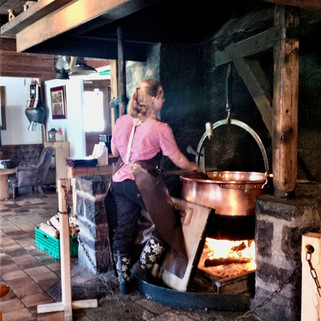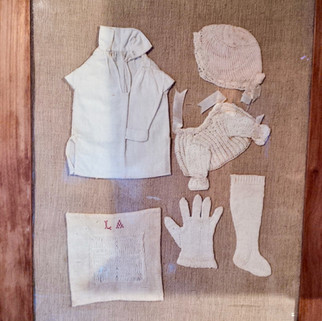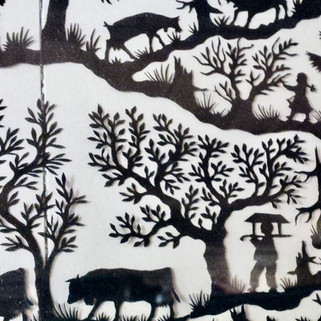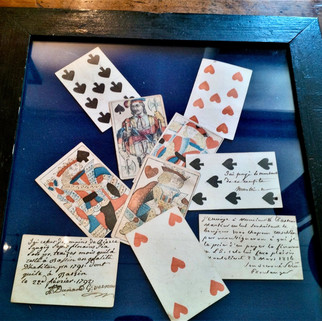July 31, 2020
- Athena Lucero

- Jul 30, 2020
- 2 min read
Updated: Aug 1, 2020
Human relationships have really been tested during the pandemic, especially getting through long periods of sheltering in place. Living under the same roof with others day after day, week after week, and month after month has been the “ultimate challenge” for many of us.
After almost five months adapting to a foreseeable new normal, we’ve all had a chance to learn more about ourselves and each other – and what we are made of when put to the test. As a result, do we love our housemates more in the time of coronavirus -- or not? Will we be able to cope long term?
This all made me think about how other communities around the world have managed long-term isolation. In particular, I recalled my visit to a small folk museum in Pays-d’-Enhaut, Switzerland, a tiny valley in the lower Alps. Eighteenth century art and artefacts opened my eyes to a resourceful and forward-thinking group of villagers who lived far above the main town in the flatlands around Lake Geneva. Snow during winters blocked roads to the town forcing them to be sequestered in the mountains. The isolation, though, didn’t dampen their spirits – evidenced with displays of papercut art; lace making; basket weaving; metal works; and wood carving, including eating utensils made for each member of the family (an interesting thought for Covid times). Even clockmaking took place in other villages in the Alps.

Delicate papercut art (a popular art form today) originated in this region and became storytelling masterpieces of alpine life: the ceremonial ascent of cows trekking uphill to graze all summer in the herb-rich mountain pastures, making cheese to sell in the town, and busy daily life. The people depicted in papercut art were real people in the villages. And the use of bright colors and lots of hearts indicated a sense of warmth and happiness. Hanging on the wall was an ornate love letter written in calligraphy that piqued my curiosity. So, when I asked Frederic Delachaux, then-tourism director in Pays-d’Enhaut, to translate some parts of the letter, he kindly obliged. Then I blushed.
While the comparison of 18th century life in Swiss mountain villages does not immediately line up with a 21st century pandemic in an American metropolis, the common denominator is how we personally take charge of handling the “loneliness” of isolation. It’s not like we will take up basket weaving, papercut art, or wood carving.
Or will we?




































Comments